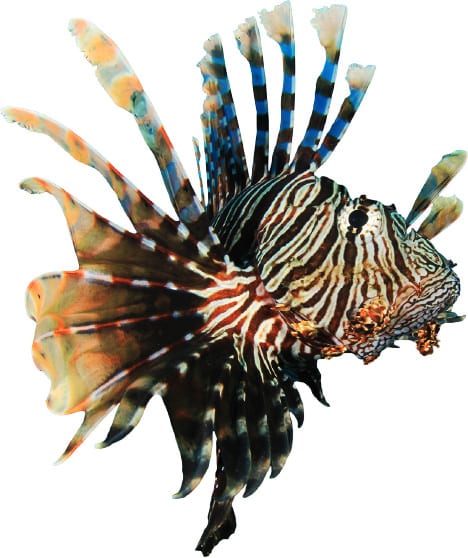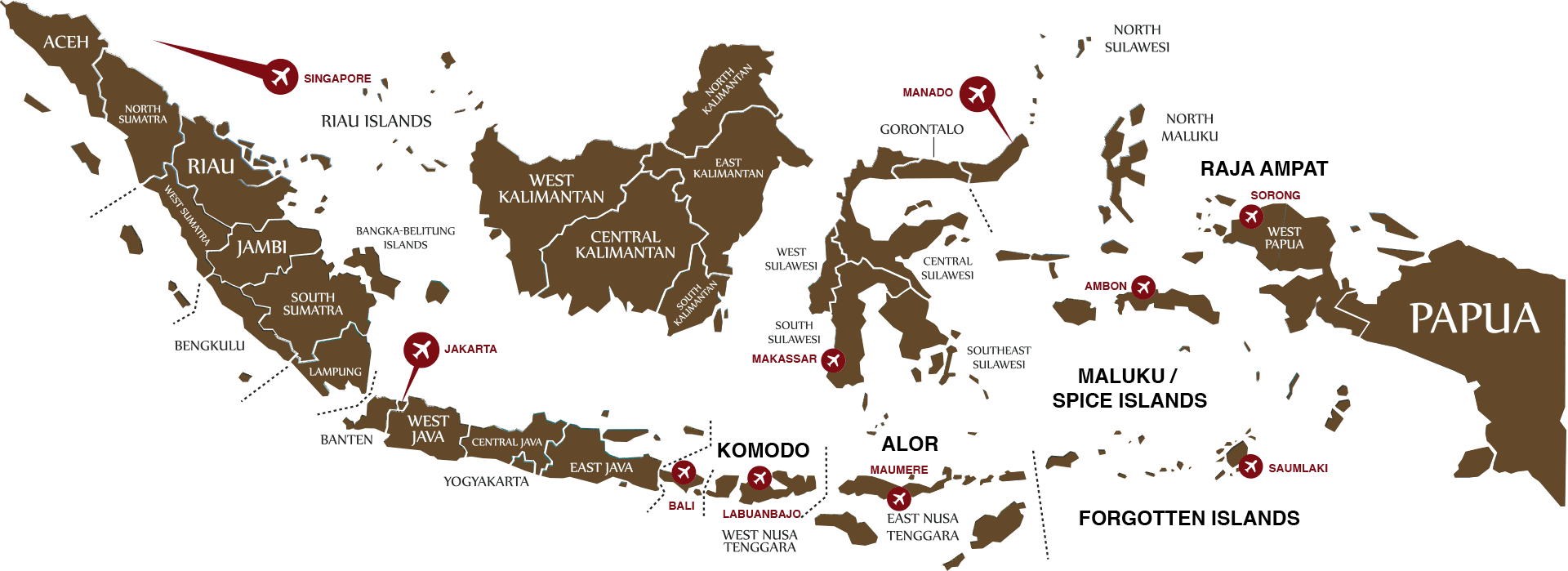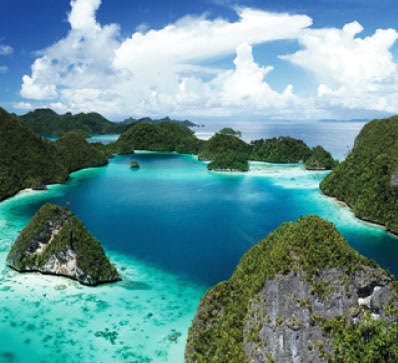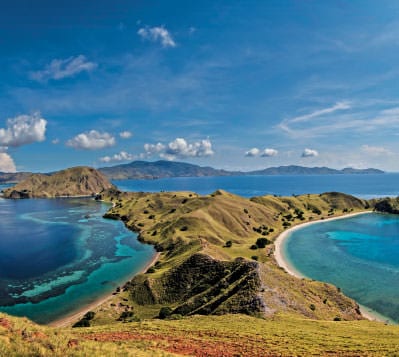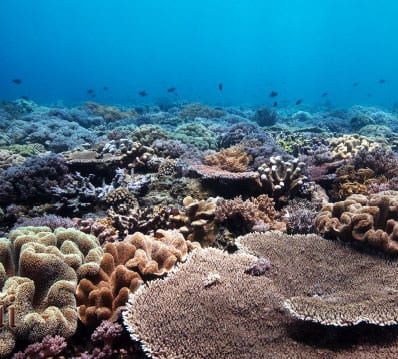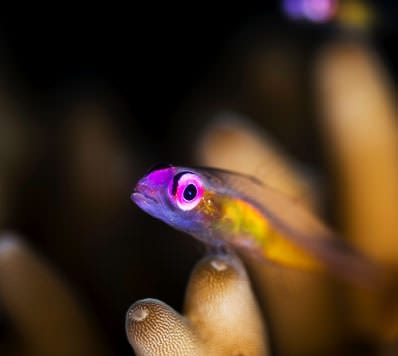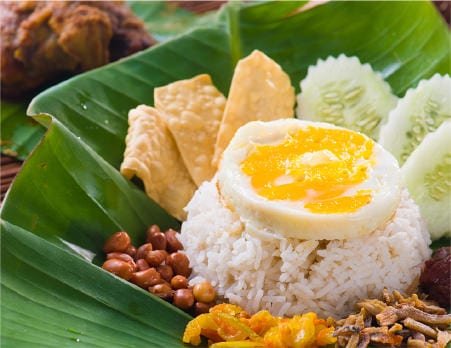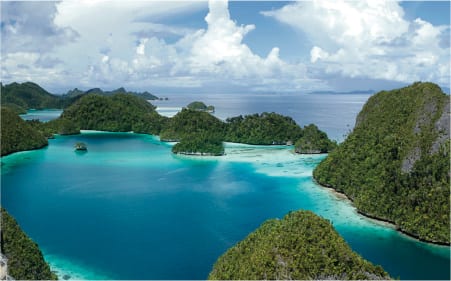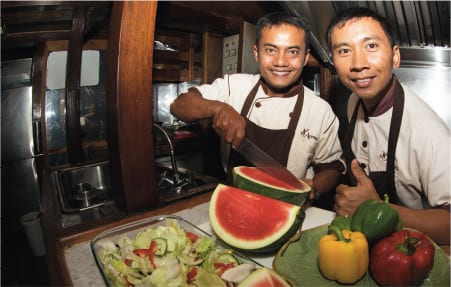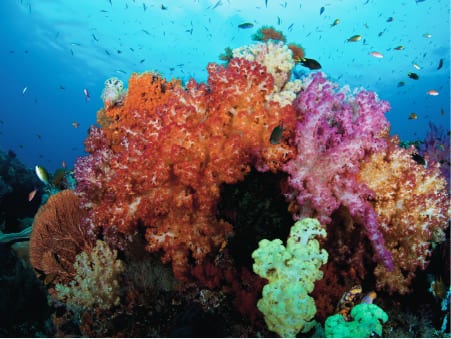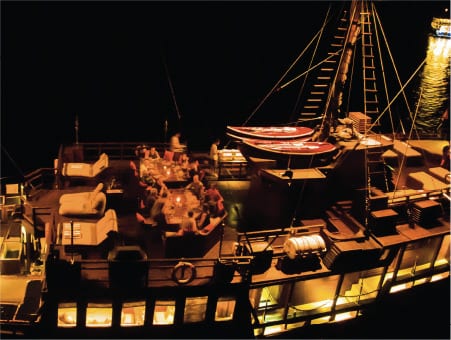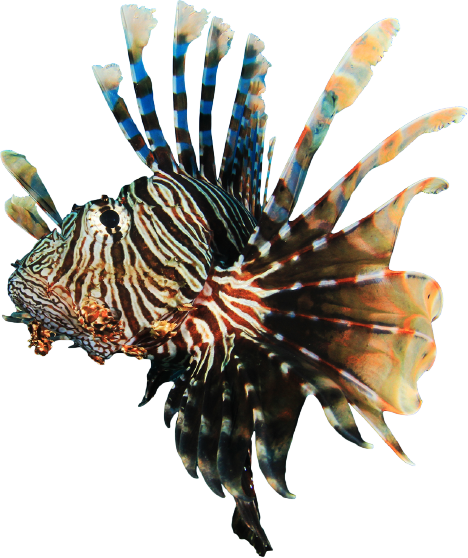Here at the Arenui, we aim to provide you with the convenience of a fully equipped dive liveaboard, combined with all the richness, artistic touches and comforts of a 5 star luxury boutique hotel. But unlike a land-based resort, this luxurious floating hotel drops you off directly at the best dive sites that Indonesia has to offer!
The Indonesian archipelago, located within the Coral Triangle, boasts the world’s highest marine biodiversity and offers truly unique diving in a picturesque island setting. This region is truly a dive mecca and high on most diver’s wish-list.
Just like our vessel design and services, the same attention to detail was given to our cruise itineraries, which not only include all the usual popular diving sites in Indonesia but also other world-class destinations which have been overlooked by most recreational diving operators. When it comes to our annual schedule, the Arenui has chosen the best dive sites based on the best times of year to explore these world famous destinations.
